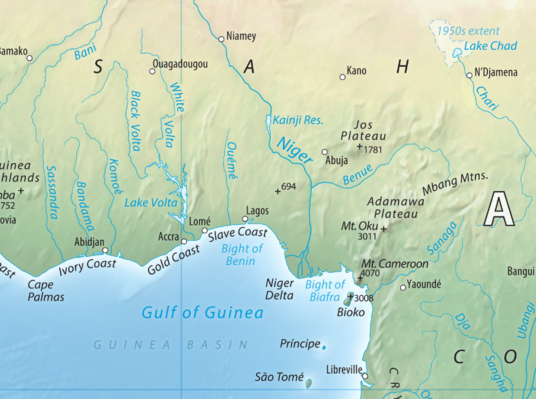
P154_Nigeria
Exploring the multiple target actions of phenolic-rich formulations to enhance anti-cancer potential.
Cooperating countries: Nigeria and Austria
Coordinating institution: Medical University of Graz, Helmut Bischof h.bischof@medunigraz.at
Partner institution: Bowen University
Project duration: 1 September 2025 - 31 August 2027
Budget: EUR 37.440
Abstract:
The proposed activity seeks to enhance the anti-cancer potential of indigenous medicinal plants by exploring the multiple cellular target actions of their phenolic-rich formulations. Phenolic compounds, abundant in various plants, have shown promising potential in cancer therapy due to their ability to simultaneously interact with multiple molecular targets such as Nrf2 (nuclear factor erythroid 2–related factor 2), HIF-1α (Hypoxia-Inducible Factor 1-alpha), indoleamine-2-3-dioxygenase (IDO), p53 (tumor Protein p53), and CDKs (cyclin-dependent kinases) among others. Unlike conventional treatments that often focus on a single target, the phenolic-rich formulations offer a more holistic approach, potentially leading to more effective and less toxic cancer therapies. The research will involve the extraction, identification, and chemical analysis of phenolic-rich formulations from three indigenous plants namely, Annona muricata, Moringa oleifera, and Psidium guajava. The study will assess the anti-cancer potential of the phenolic-rich formulations using an in vitro model of breast cancer cell lines and translate promising anti-cancer agents to in vivo models. The approach will also include assessing the modulatory effect of the formulations on molecular and biochemical targets to elucidate the anti-cancer action. By leveraging the natural diversity of phenolics, this research has the potential to revolutionize cancer treatment locally and globally, offering novel therapeutic options that are both sustainable and capable of addressing the complex nature of cancer. This project aligns with global efforts for improved therapy to cancer burden on public health and contributes to the UN SDGs 3, 9, 12, and 17.